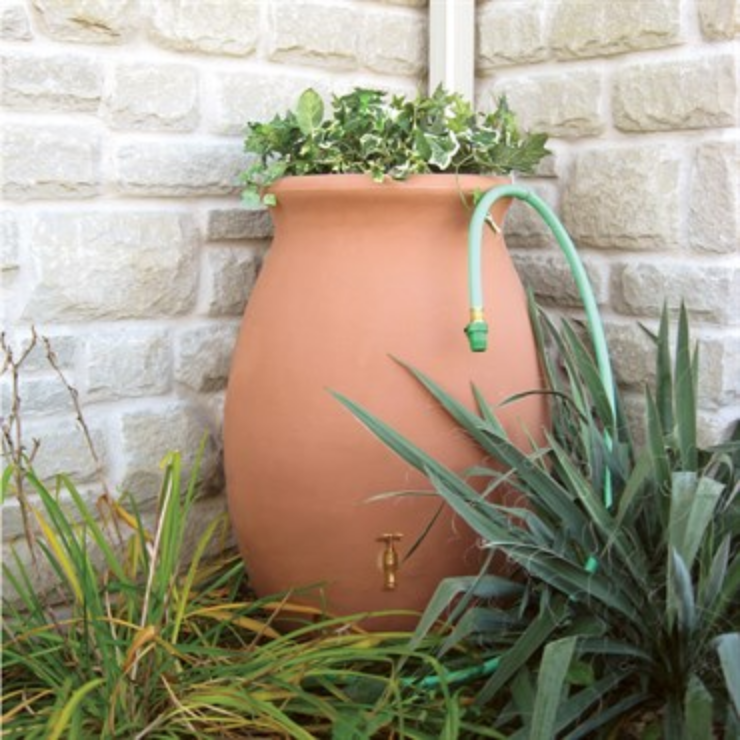Rain Barrels 101: A Simple Way to Save Water and Reduce Your Utility Bills
Water conservation is more important than ever, and one of the simplest ways to make a difference is by installing a rain barrel. Whether you’re looking to lower your water bill, keep your garden hydrated, or reduce your environmental footprint, a rain barrel is a smart, sustainable solution.
Image via BFG Supply
What Is a Rain Barrel?
A rain barrel is a container designed to collect and store rainwater from your roof via your downspouts. This water can then be used for a variety of purposes, such as watering plants, washing outdoor surfaces, and even flushing toilets in some setups.
The Benefits of Using a Rain Barrel
Saves Money – By reducing reliance on municipal water, you’ll see lower water bills over time.
Reduces Stormwater Runoff – Collecting rainwater prevents excess runoff, which can carry pollutants into local waterways.
Provides a Natural Water Source for Plants – Rainwater is free of chlorine and chemicals found in tap water, making it better for gardens.
Helps with Drought Resilience – Storing water for dry periods keeps your landscape green and thriving.
How to Get Started
Choose the Right Barrel – Look for a barrel that holds at least 50 gallons, is made from BPA-free plastic, and has a secure lid to prevent mosquito breeding.
Install It Properly – Position it under a downspout, ensuring it's on a sturdy, level surface.
Use the Water Wisely – Attach a hose or watering can to distribute the collected water efficiently.
Maintain It Regularly – Clean the barrel seasonally and check for debris buildup or leaks.
With minimal effort, a rain barrel can make a big impact on your household’s sustainability.
How to Use a Rain barrel
Because the water from a rain barrel is not potable, please don’t use rain barrel water to water your edible plants.
It’s best used for:
Watering plants: This is the most common use for rain barrel water, as it's ideal for watering flowers, shrubs, and most landscape plants.
Car washing: Use the water to wash your car, helping to conserve tap water.
Outdoor cleaning: Clean outdoor furniture, tools, or other items with the rain barrel water.




These aren’t just practical boxes to check—they’re what make the difference between ignoring your outdoor space… and actually using it.